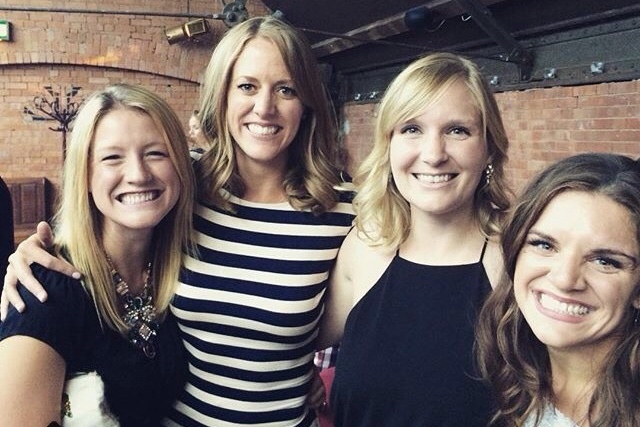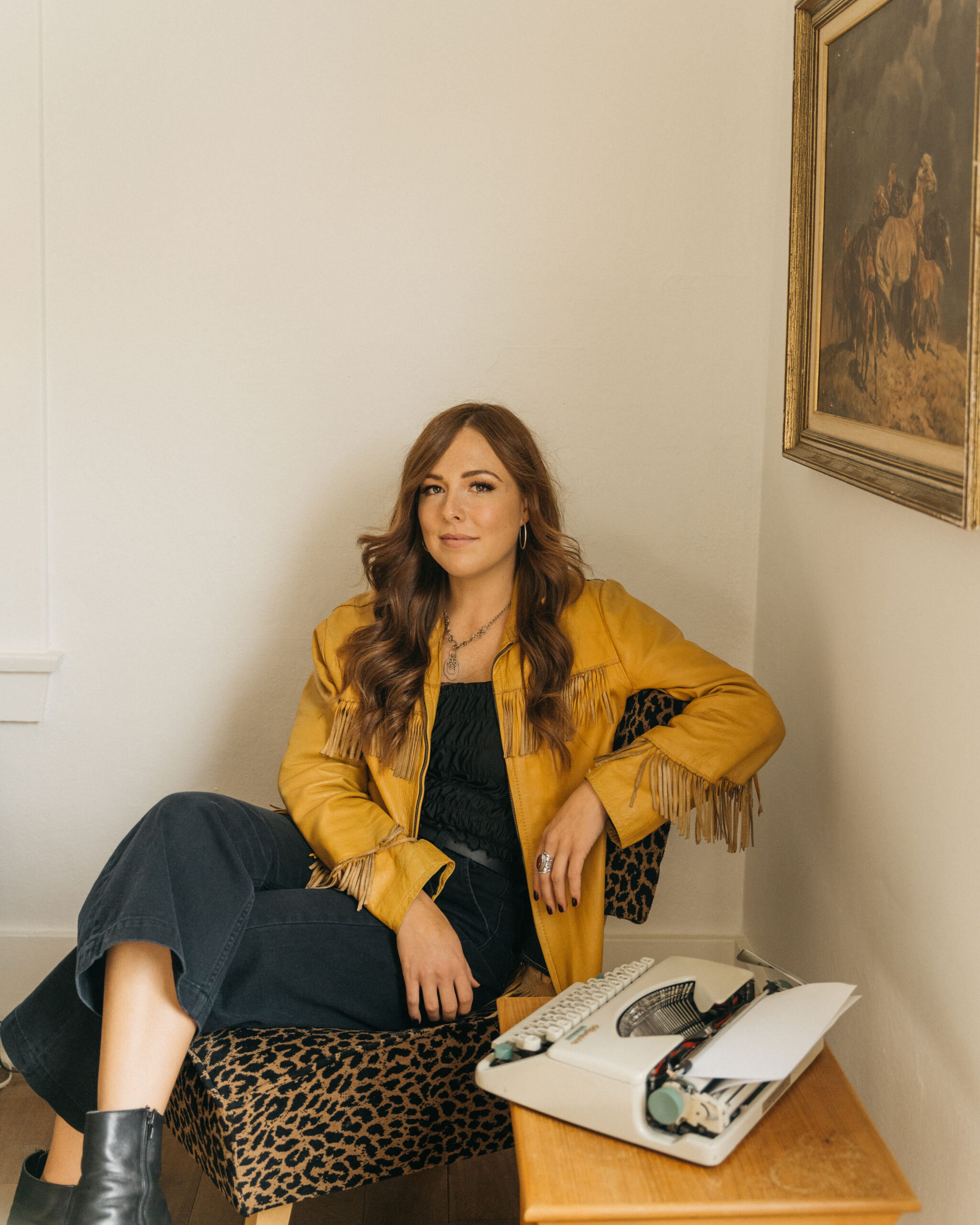Image by Deon Black
In the throes of last year’s pleasure-deprived pandemic lockdown, I decided that a new vibrator was exactly what I needed to spice up the groan of daily monotony.
I walked into a local sex shop with empowered excitement – that is, until the store clerk approached me to offer her help.
“The vibrator you’re holding is great for stimulating the internal clitoris,” she explained.
I stared back blankly, a look of panicked confusion contorting my face. The what?
Sensing my lack of comprehension, she quickly pulled out a textbook to show me diagrams of reproductive systems, pointing to the internal clitoris. The precision with which she flipped to the page told me she had done this many times before. I couldn’t be the only one who had never heard that the clitoris had “legs”.
If I wasn’t alone, I wondered: why do so many people with vulvas know so little about their own sexual pleasure and reproductive health?
That’s where Clitoria comes in – a new online blog created to fill this pervasive knowledge gap by sharing scientific sexual well-being research “in the voice of your bestie.”
Launched on Instagram in January with the tagline “cliteracy for the masses,” Clitoria mixes punchy graphics with a funny, pun-heavy tone to make reproductive health information more relatable, entertaining and easier to understand.
The blog was the brainchild of four best friends in their thirties who, after meeting as colleagues at a financial tech company in 2012, have spent countless hours talking about all things sex and bodies. With backgrounds in communications and marketing, they decided to fuse their storytelling skills with scientific research to demystify common yet taboo sexual wellness topics.

“Think of Clitoria as that really trusting friend who seems to know an awful lot about vulvas,” says Kelowna-based Clitoria co-founder Stephanie King. “We bring forward the facts in a friendly, approachable manner to destigmatize the idea that anything is wrong, gross or bad about the body.”
Clitoria is named after a perennial leguminous herb that, of course, resembles the clitoris. According to King, the four friends chose the name as a playful homage to the “only organ in the human body that’s designed for pleasure and pleasure alone.”
To date, the blog has covered a wide range of topics including pelvic floor health, premenstrual syndrome, prenatal care, infertility, pap smears, endometriosis and orgasms.
Each article summarizes the scientific consensus from credible sources including doctors, therapists and specialists and is medically fact-checked by a team of health care practitioners.
The blog is straightforward in its approach to vulvar health and pleasure, guided by its core value of “real talk”.
“If we don’t talk about it, how can we normalize it? Nothing is off the table, from sexually transmitted diseases to funky smells to pain during sex,” says King.
While this shouldn’t be revolutionary, in many ways it is.
“Talking about our bodies openly is not a part of our culture. The hush hushness around it speaks to the way that women’s bodies are valued in our society,” says Julie Prodor, a Vancouver-based sex educator with Saleema Noon Sexual Health Educators.
In her work, she sees how “women’s health is always secondary to men’s health.” This plays out in medical research and funding that deprioritizes women, trans and gender-queer folks, leading to the creation of health knowledge geared toward men’s bodies.
Outdated approaches to sex education also perpetuate the gendered educational gaps that begin in childhood.
“From a young age, there is divisive messaging in sex education. Kids come pre-loaded with knowledge that sex is about men. It’s bolstered by the patriarchal systems that run our world,” says Prodor.

Young girls already understand and fear slut-shaming, she says. And when boys and girls are separated in sex education classes, gender-queer youth are immediately excluded.
Sexual stereotypes and gendered double standards are only reinforced in adulthood, making it more difficult for folks with vulvas to feel sexually comfortable and empowered.
According to Dr. Jessica Wood, a research specialist with The Sex Information and Education Council of Canada (SIECCAN), this can have real implications on pleasure. Studies show that women’s orgasm rates are lower and more varied than men’s, she says.
SIECCAN research also confirms that body-shaming can negatively affect vulvar pleasure. A study on genital self-image among bisexual people found that bisexual women had higher levels of sexual satisfaction and desire if they had more positive feelings about their genitals.
“Normalizing the diversity of vulvas and bodies can be very beneficial to normalizing pleasure, and to help people to work through issues around stigma and shame,” says Dr. Wood.
This is what makes resources like Clitoria so impactful, she says.
As Clitoria expands and monetizes, the blog will be engaging new authors that represent diverse perspectives so that all people with vulvas see themselves better reflected in the material – an important step, as intersectional factors like gender diversity, sexual orientation, race, age, ability and other social locations all come with their own stereotypes that add to the stigma those with vulvas already face.
The co-founders hope that with a touch of “clits and giggles,” the blog can help readers understand and embrace their bodies and to feel like they’re not alone.And personally, I hope that Clitoria can shape a world where nobody has to go another day without knowing about the internal clitoris ever again.




